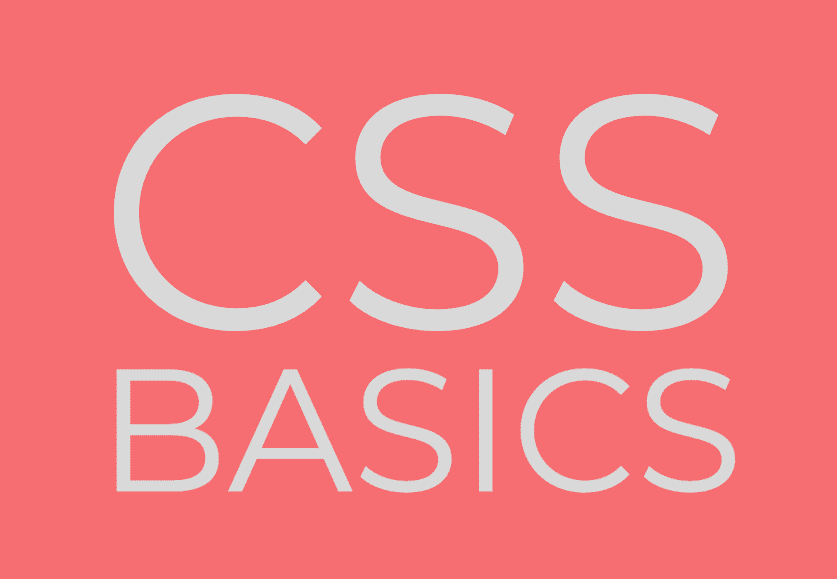Blogs on the web these days are already in the millions. Based on statistics from the most preferred platform, there are now 76.5 million blogs using WordPress and an estimated 50,000 new WordPress websites are added to the web on a daily basis. As such, a publisher or blogger today needs to find ways to stand out from the rest and drive more traffic to his or her site.
Being in the know about the most basic search engine optimization techniques is a good start. Some newbies may not be aware of this yet but it pays to update yourself about them as you go along because SEO can make a huge difference in making your site land in the top search results or not found at all.
So what components of your blog should you focus on to get to the top positions of the search engine results pages (SERPs)? Many would say content is king but it is more than that whether you are using SEO friendly Drupal themes or any other platform for your blog.
Keywords
One of the most important aspect of a blog is the keyword. This is the reason why you need to choose the right keywords and phrases that you think your target audience will use when searching for your website and content.
To check specific words you can use, visit the social media sites which your target market frequently uses and find out the trending topics. Analyse the phrases they use and keep track of the specific terms and topics in your niche.
You may also use third-party tools to find out the keywords that are ranking high. Google Trends, for example, can help you by displaying popular keywords at any given time and those that are not doing well over time. SEMRush, on the other hand, can be used to check trending keywords of your competitors, how they are fairing in search results and the traffic they gained for that keyword.
Keep in mind as well to integrate keywords in your blog posts in the most natural way. They should be included in your title (if possible), headings and subheadings, image alt text and meta description.
Quality Links
By links, this means both external and internal links. A very important consideration here is to link to reputable websites related to your niche. Internal links can be included in the body of your blog post to show readers that you are doing your research and value information other than your own as long as it’s related to the topic you are writing about.
A great benefit of using links (although not often) is being able to gain a link back to your website. But this is only possible if you stick to producing quality content that influencers also find useful. Remember that established bloggers or writers also consider links particularly if they are from other relevant sites.
Longer Posts
Blog posts that have a word count of 1,000 to 1,500 are now more preferred by search engines over the shorter ones. With this, there’s a better chance for search engines to get to know what your blog is all about and not just ignore it. Although many people would be apprehensive about this thinking that their readers might not read their entire posts, you can still take steps to make your content scannable. For example, tighten up your sentences by dividing a long one into two and including only two to three sentences per paragraph. Bullet lists are also helpful in attracting a visitor’s attention.
Focus as well on the quality of your post in addition to the number of words. Make your articles interesting and insightful. Write original content and not just copy an existing one on the web. Also, always check that your grammar and spelling are correct as Google values this.
Adding images to every blog post is another best SEO practice. Google also indexes images but do ensure that they are relevant to the post you are publishing. Write an appropriate title for your photo as well.

